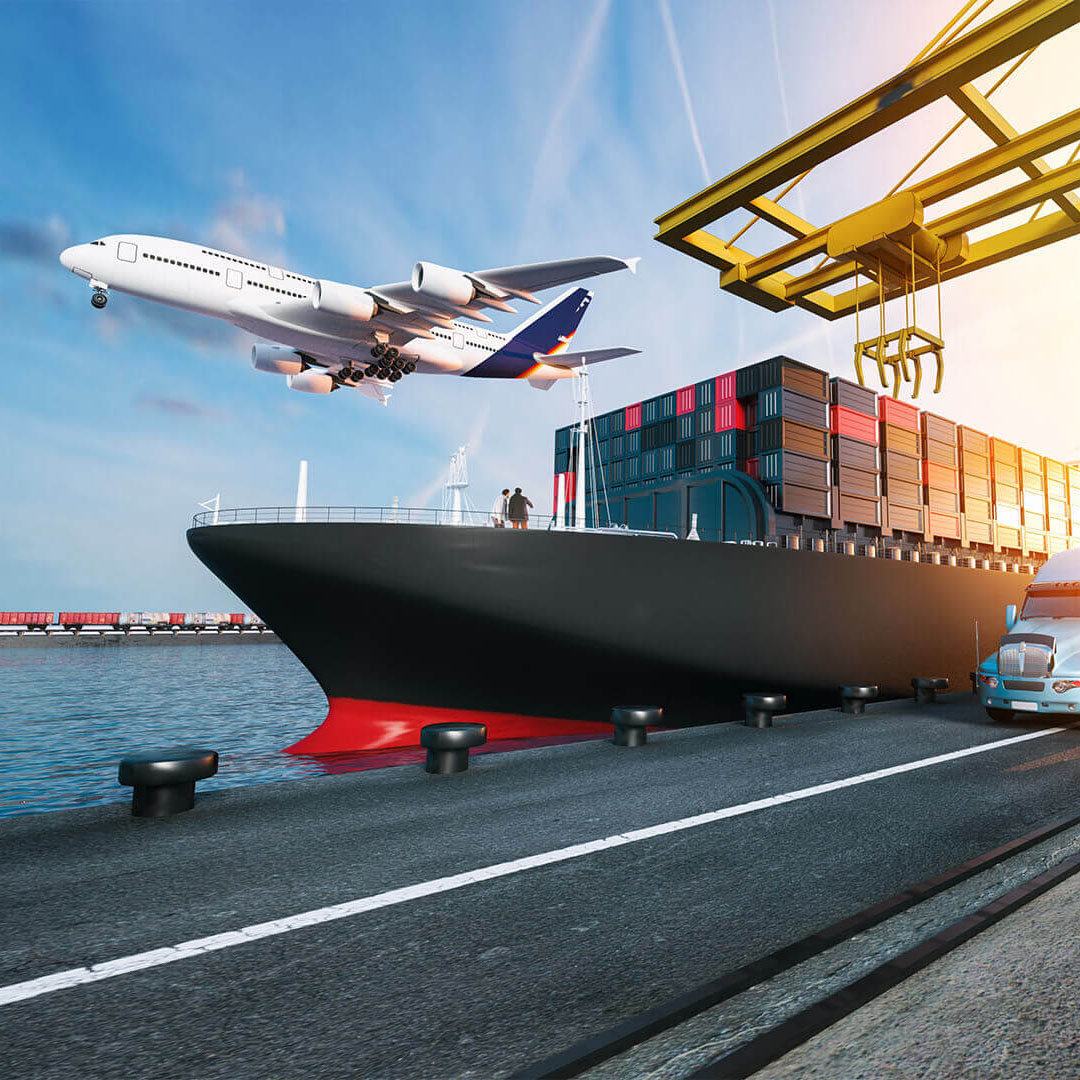Cargoes in Transit: The World of Freight Shipping
The global economy is a finely woven tapestry of trade, interconnected across continents and oceans. Central to this intricate web of commerce is the world of freight shipping, the silent giant that moves vast quantities of goods across the globe. we will embark on a journey to explore the world of freight shipping, its historical roots, modern significance, and the critical role it plays in sustaining global trade and shaping the world’s economies.
The Historical Footprints of Freight Shipping
Freight shipping has a rich history, with the movement of goods across vast distances dating back to ancient civilizations. Over the centuries, it has evolved into a sophisticated global network that underpins the world’s economies:
Ancient Trade Routes: Early civilizations, such as those along the Silk Road, relied on camels, caravans, and merchant ships to facilitate trade across vast distances. These ancient trade routes set the stage for modern global commerce.
Maritime Explorations: The Age of Exploration saw the expansion of maritime trade routes. Explorers like Christopher Columbus and Ferdinand Magellan connected continents and reshaped the world’s trade networks.
The Rise of the Industrial Revolution: The Industrial Revolution marked a turning point, leading to the development of steamships and the transformation of maritime trade.
Containerization Revolution: In the mid-20th century, containerization revolutionized freight shipping. Standardized containers allowed for the efficient loading and unloading of ships, reducing labor costs and speeding up the transportation process.
The Significance of Freight Shipping in Global Trade
The role of freight shipping in global trade is paramount:
Global Supply Chain: Freight shipping is an integral part of the global supply chain, ensuring that raw materials, components, and finished products flow smoothly from manufacturers to consumers across the world.
International Commerce: It is the backbone of international commerce, connecting businesses, wholesalers, and retailers to consumers on a global scale, enabling a vast array of products to be distributed worldwide.
Economic Growth: Freight shipping drives economic growth by creating jobs, supporting business development, and contributing significantly to the prosperity of nations.
Consumer Access: Freight shipping ensures that consumers worldwide have access to a diverse range of products, enriching their lives and allowing them to enjoy goods from different regions.
The Spectrum of Freight Shipping: A Multimodal Approach
Freight shipping employs various modes, each offering unique advantages and serving specific needs:
Maritime Freight: Ships are the workhorses of international trade, carrying massive quantities of goods across the world’s oceans. The introduction of containerization revolutionized maritime freight, making loading and unloading more efficient.
Rail Freight: Trains are essential for transporting bulk goods over land, such as coal, grains, and raw materials. Rail networks are also critical for connecting ports to inland regions.
Road Freight: Trucks are the cornerstone of local and regional transport, ensuring that goods reach their final destinations efficiently. They are particularly vital for time-sensitive shipments.
Air Freight: Planes are the speedsters of the freight world, moving high-value and time-sensitive cargo quickly. This mode is crucial for industries like pharmaceuticals, electronics, and perishable goods.
Intermodal Freight: Intermodal transport seamlessly combines multiple modes, providing an efficient and flexible solution for long-distance transportation.
Challenges and Opportunities in Freight Shipping
Freight shipping faces several challenges:
Traffic Congestion: Urban areas often grapple with traffic congestion, leading to delays and increased costs for freight operators. Innovative solutions are necessary to address this issue.
Environmental Impact: The transportation of goods contributes to environmental concerns, including carbon emissions. Sustainable practices, such as the use of electric vehicles and alternative fuels, aim to mitigate this impact.
Safety Concerns: Safety is paramount in freight shipping, with stringent regulations and standards in place to ensure the well-being of drivers and the public.
Infrastructure Development: Expanding and maintaining transportation infrastructure is crucial to keep freight moving efficiently.
The Future of Freight Shipping: Innovations and Sustainability
The future of freight shipping is marked by innovations and sustainability:
Electric Vehicles (EVs): The shift to electric vehicles is redefining the world of transportation, offering more environmentally friendly options.
Autonomous Vehicles (AVs): The development of autonomous trucks promises to make freight shipping more efficient and safer.
High-Speed Rail and Hyperloop: Emerging technologies, such as high-speed rail and the Hyperloop, have the potential to revolutionize long-distance freight shipping.
Sustainability Initiatives: Many companies are embracing sustainable practices, including carbon-neutral supply chains and the use of renewable energy sources for their operations.
Digital Transformation: The integration of digital technologies is enhancing freight shipping operations, from route optimization to real-time tracking.
Conclusion: The Silent Giant of Global Trade
Freight shipping, often operating behind the scenes, is the silent giant of global trade. It ensures that goods flow seamlessly across the world, sustaining the global economy and connecting people and places.
As we explore the dynamic world of freight shipping, we uncover a future filled with exciting possibilities. Innovations in electric vehicles, autonomous transportation, high-speed rail, and sustainable practices are poised to shape the future of goods transportation. Freight shipping remains an indispensable thread in the fabric of our globalized world, uniting people, places, and products in a world that continues to expand its horizons.







